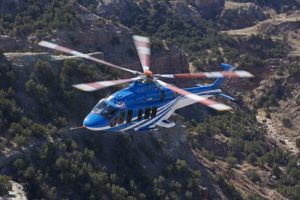
While industry observers had speculated that Bell [TXT] would offer a tiltrotor for the U.S. Army Future Attack Reconnaissance Aircraft (FARA) competition, it has instead offered a conventional rotorcraft based on the company's new 525 helicopter. "I think we have a very competitive offering for FARA," Textron CEO Scott Donnelly said in a conference call with investors on April 17. "We haven't talked a lot about it publicly, but I mean look it's not going to be a secret for…

 By
By 











